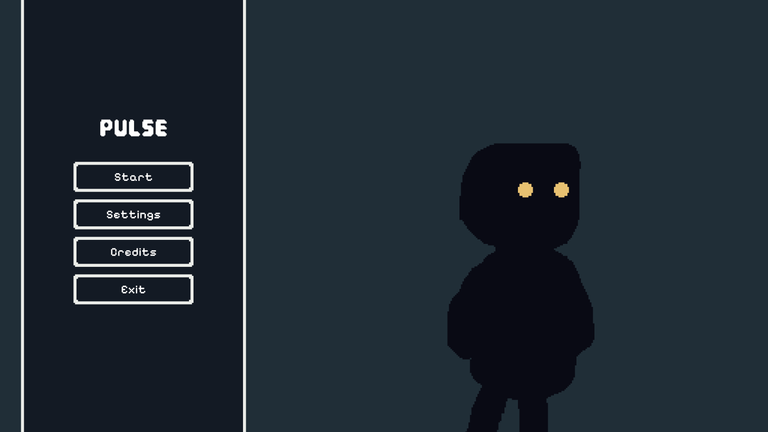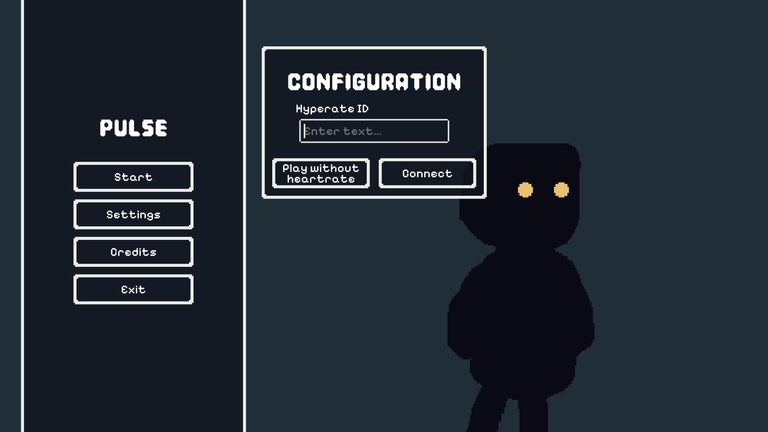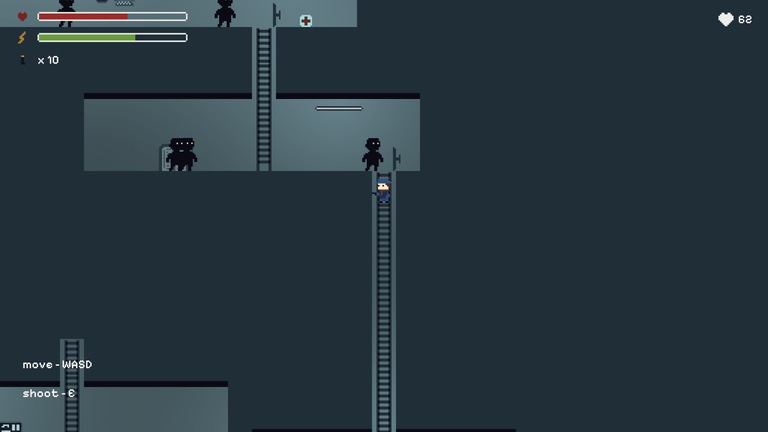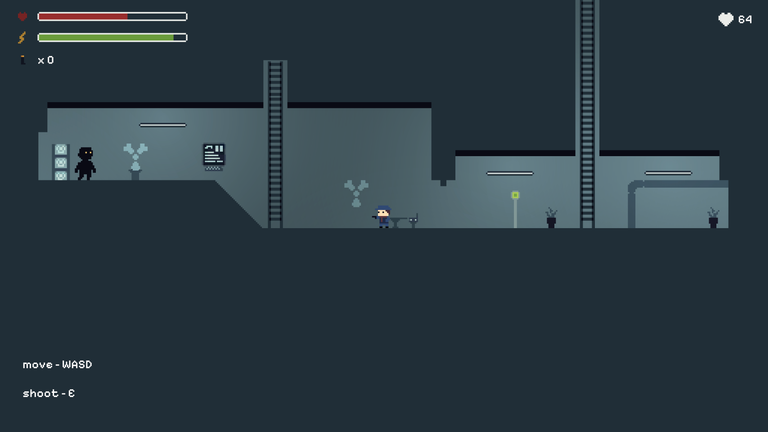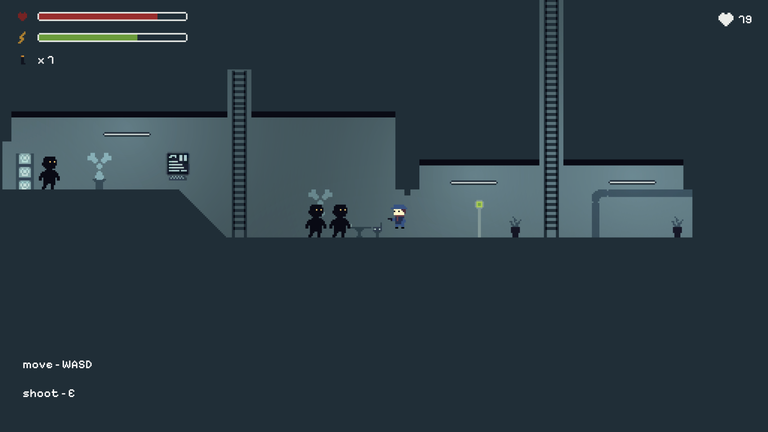Pulse – Heart Rate Driven 2D Sidescroller Shooter From the TUM Game Jam
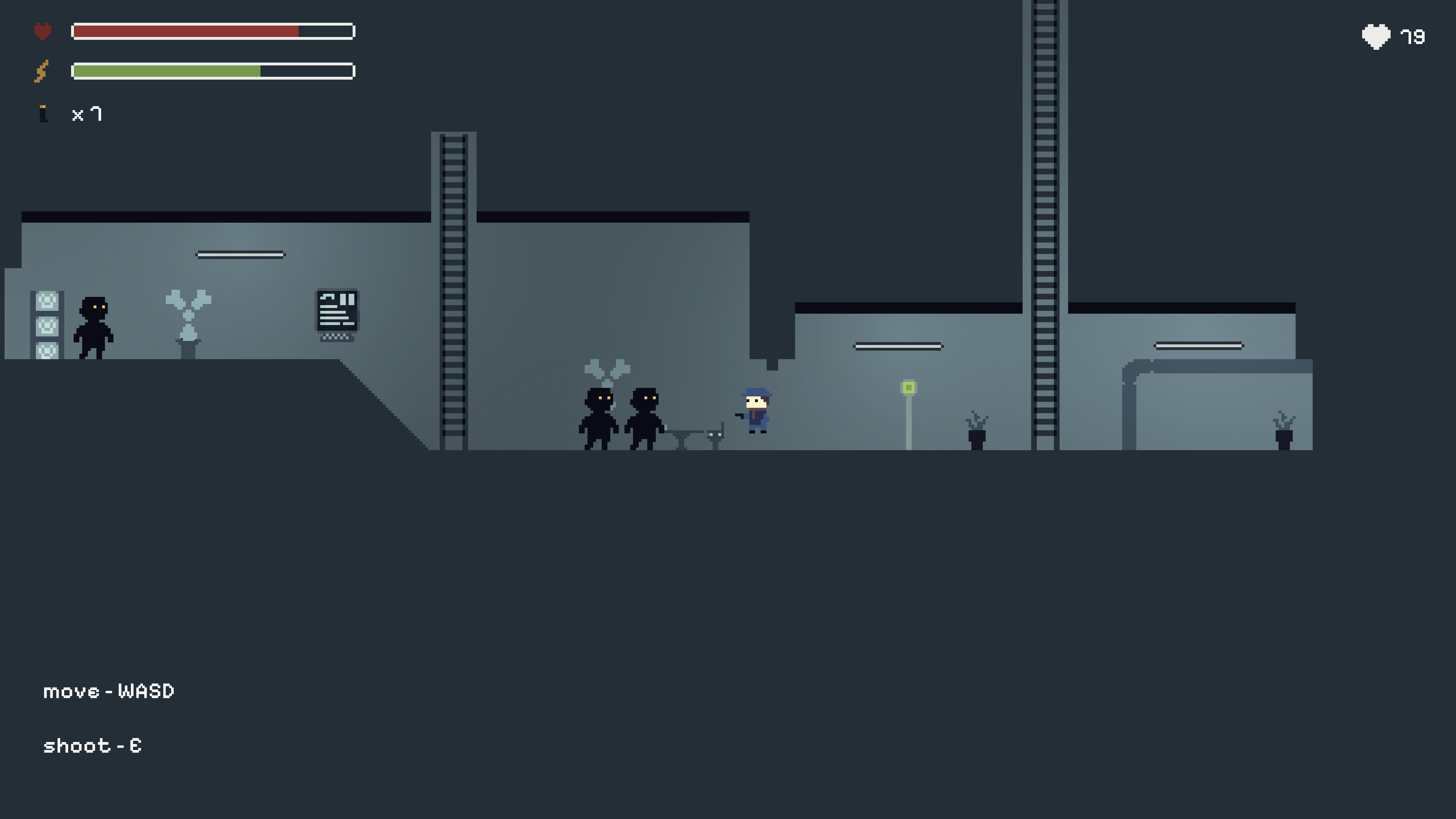
A tiny indie game built in 42 hours at the TUM Semester Game Jam, where your real BPM turns a simple shooter into a brutal biofeedback experience.
What if a game didn’t just react to your inputs, but to your body? Pulse is a fast-paced 2D sidescroller shooter where enemies scale with your actual heart rate in real time. The more stressed you get, the more aggressive the world becomes. Stay calm to survive or embrace the chaos and let your pulse push the game into bullet-hell territory.
From Meme Theme to Heart Rate Game
Pulse was created during the TUM Semester Game Jam, a 42-hour game jam hosted by the Technical University of Munich. The theme of the jam was “This is fine” – a nod to the famous meme of the dog calmly sitting in a burning room.
During brainstorming, someone mentioned an old Wii game where you had to sit still on a balance board while everything around you went crazy. That sparked a simple but powerful idea: what if the game became harder when the player gets nervous?
One of the team members had a Garmin smartwatch on their wrist. From there, the concept almost wrote itself: a game where your heart rate becomes the difficulty slider.
Play the Game
The Team and the Jam Setup
The Pulse team consisted of three students:
- David Schwaiger – University of Klagenfurt
- Lara Szymborski – TUM student and main programmer of Pulse
- Alex Starzengruber – TUM student
They entered the jam with nothing but three MacBooks, a smartwatch and the willingness to sacrifice a full night of sleep. The first night they went home. The second night they powered through at the university.
Solving the Biggest Problem: Live Heart Rate in a Game Jam
Cool idea, big challenge: how do you get live heart rate data from a smartwatch into a game jam prototype, when you’re working on macOS and under severe time pressure?
The team evaluated different options, including the Overwolf app Garmin GameOn, but that was Windows-only and therefore unusable on their MacBook-only setup.
Eventually, they discovered HypeRate, a platform for real-time heart rate streaming with a Unity plugin.
Once integrated, HypeRate just worked:
- No noticeable disconnects
- Surprisingly low delay
- Smooth real-time heart rate data directly available inside Unity
How Pulse Plays: Simple, Short, Brutal
At its core, Pulse is a straightforward 2D sidescroller shooter:
- You play a young secret agent on his first real mission
- You infiltrate enemy territory, collect ammo, and survive waves of enemies
- The mission is short but intense – about two minutes from start to finish
Because no one on the team was a “real” artist, they chose a clean, cohesive minimal pixel art style. Every visual asset was drawn by hand during the jam, with fonts as the only exception.
Heart Rate as a Difficulty Curve
The real magic is in the heart rate driven difficulty system. Designing it was harder than expected: during tests, heart rate didn’t move as wildly as you might think.
The final solution looks like this:
- During the tutorial, Pulse records an average base heart rate for the player
- During gameplay, it constantly computes the difference between current BPM and base BPM
- If your BPM drops below the base, the base value is adjusted downward slightly
- If your BPM rises above the base, enemies and music ramp up in speed and aggression
- At around +10 BPM above base, the game reaches its maximum difficulty
The result is a subtle but powerful biofeedback loop: the more nervous you get, the more the game punishes you. If you can control your breathing and stay calm, you get a more manageable experience. If you lean into the chaos, Pulse happily turns itself into a frenzy.
Player Feedback and Jam Results
During the playtesting phase at the end of the jam, Pulse received a lot of positive reactions. Players loved the moment they realized that their own body was fighting against them.
The game didn’t secure a top placement at the jam, but it stood out as one of the most creative implementations of the “This is fine” theme: trying to stay calm while everything on screen escalates because your pulse refuses to chill.
Why Pulse Matters for Biofeedback and Indie Games
Pulse is a tiny jam game, but it highlights a much bigger trend: biofeedback and physiological data in games.
With just:
- one smartwatch,
- a real-time heart rate API (HypeRate),
- and a 42-hour time window,
the team created a functional prototype that:
- turns heart rate into a live difficulty modifier,
- uses stress as a core mechanic,
- and lets players literally feel their performance.
Many studios talk about biofeedback games; Pulse shows how approachable the concept already is for small indie teams and game jam projects.
Conclusion: “This Is Fine” – Until Your Heart Says Otherwise
Pulse is short, rough around the edges, and absolutely jam-flavored – but it proves a point: connecting real heart rate data to game logic can transform even a simple 2D shooter into a memorable experience.
As wearables, heart rate sensors and platforms like HypeRate become more common, we’ll see more projects that blur the line between player and avatar, body and game.
In Pulse, the message is clear: stay cool. this is fine. until your BPM says otherwise.

